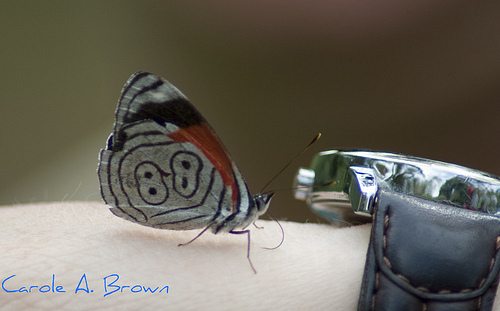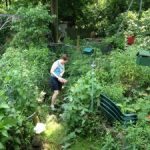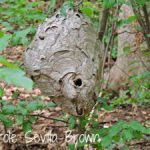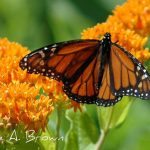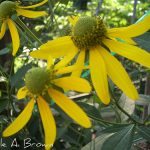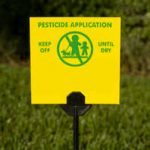You may be surprised to learn that the “garden” in Ecosystem Gardening is about way more than your perennial or vegetable beds. These principles can be applied to almost any space imaginable, any place that can be planted will provide wonderful habitat for wildlife and provide many ecosystem services, which is good for you and for the environment.
Garden areas around your house:
- That narrow strip of grass between your sidewalk and the street
- The front yard, side yard, backyard
- Your roof–install a green roof
- Walls–living walls are becoming more and more common
- Your flower, vegetable, perennial, and shrub beds
Garden areas around your business or college:
- That narrow strip of grass between your sidewalk and the street
- OR that huge lawn out front
- Your roof–install a green roof
- Living Walls
- The permeable paving in your parking lot
Garden areas at your child’s school:
- What if some of that blacktop could be turned into wildlife gardens for your children to experience first-hand the wonders of nature?
- Replace foundation plantings with native gardens
- Reduce lawn
Garden areas in your community:
- All of those narrow strips of grass between the sidewalk and the street
- Vacant lots
- Highway median strips
- Roadside edges
- Public buildings
- City parks
How do we define “gardeners”?
- Homeowners
- Business owners
- Land managers
- Groundskeepers
- YOU!
It is especially important in urban and suburban areas to create more habitat for wildlife. We have many opportunities to do this around our homes, businesses, schools, and community. Each of us has a stake in creating wildlife habitat and healthy ecosystems.
So where do you “garden’? Meeting the needs of wildlife will require the best efforts of individuals, businesses, communities, cities, states, and countries. The good thing is that when we make an effort to help wildlife we are also benefitting ourselves!
More From Ecosystem Gardening:
Submit your review | |

